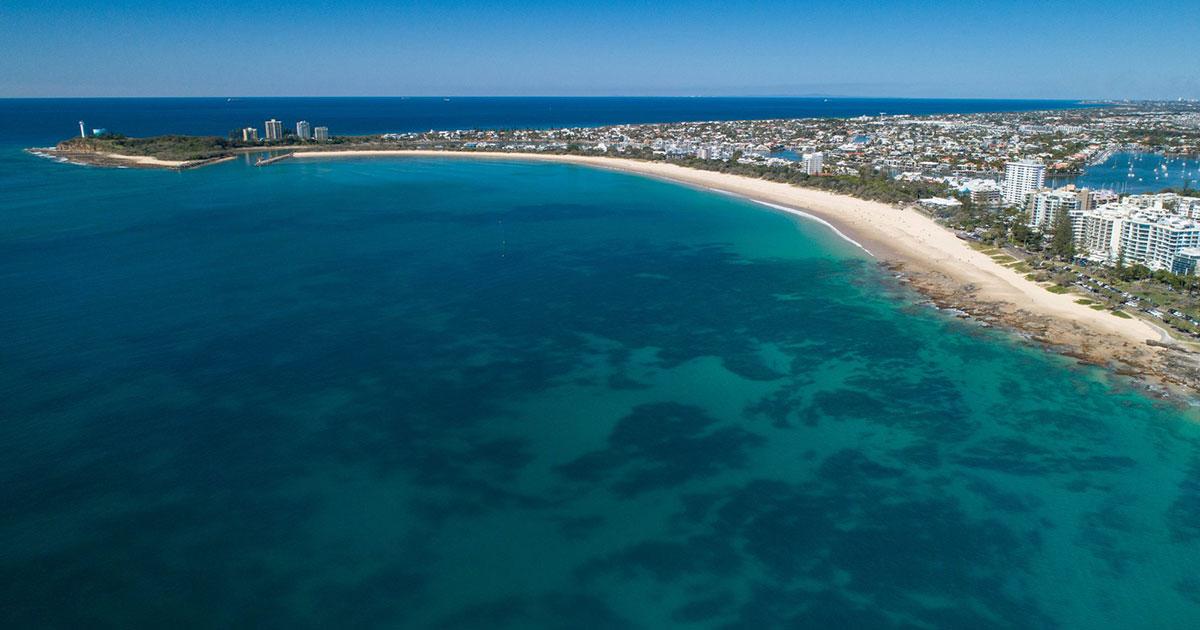EOMAP to showcase contribution to the world-first 3D habitat map of the Great Barrier Reef (GBR) at International Forum on Satellite-Derived Bathymetry, Sunshine Coast, Australia, 14-16 May 2019
The mapping project, ‘3D live habitats for the full extent of the Great Barrier Reef’, will provide, for the first time, maps of the predicted coral types and underwater landscape for the more than 3,000 reefs within the 350,000 km2 of the GBR.
EOMAP’s cutting edge technology provides essential data for this revolutionary project, in which the University of Queensland (UQ), Great Barrier Reef Marine Park Authority, and the Australian Institute of Marine Science are partners.
The resulting maps will be at an unpresented 10m horizontal grid resolution and reveal bathymetry (water depth), geomorphic zonation’s and bottom types, in addition to the predicted coral types.
The ambitious scope of this undertaking was made possible by recent advances in satellite-mapping technologies, environmental modelling and image classification methods. Using the European Space Agency Sentinel-2 platform satellite imagery, EOMAP applies its industry leading, proprietary technology to retrieve satellite-derived bathymetry (SDB) and sub-surface reflectance (SSR). The result of the SDB mapping is a 3D elevation model of the seafloor – one of the cornerstone data layers for the entire project.
Both the SDB and the SSR data are fundamental to the overall project. The SDB not only directly guides the geomorphology classification but is also used for environmental modelling input to calculate wave energy environments across the GBR. The wave energy parameter in turn informs all reef habitat classification and predicted coral types.
The SSR data provides marine ecologists with additional, important information, when revealing the theoretical seafloor colour for the final habitat classification. Recent advances in machine learning and semi-automated classification then enable the researchers to efficiently and accurately process and classify all the reefs of the GBR.
For more information, click here.
For conference registration, click here.
Story by EOMAP





